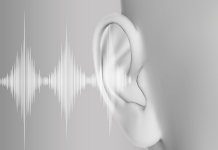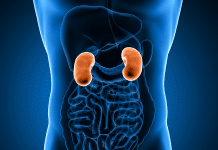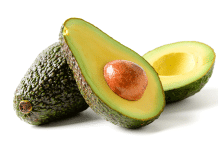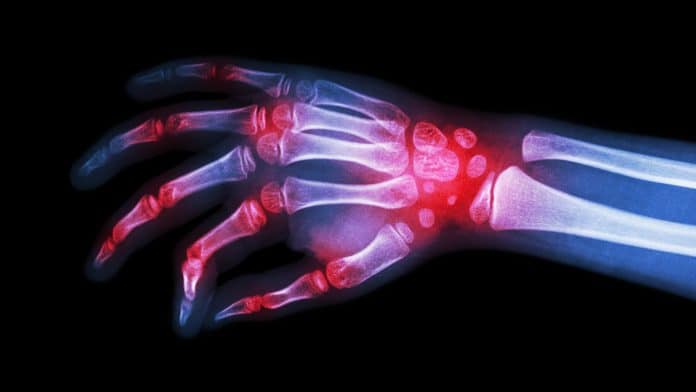You might have heard the names of rheumatoid arthritis and GOUT, both are arthritis but have different ways of attacking and affecting the body. They have many differences between them, from their symptoms to their treatments and long term effects on the body.
Rheumatoid arthritis is a disease in which joints have painful swelling and cause deformity and inflammation in the wrists, fingers, ankles and other parts of the body like skin, eyes, lungs and blood vessels.
GOUT, on the other hand, is associated with your lifestyle choices, diet and uric acid. It causes inflammation in the big toe.
Sometimes GOUT and rheumatoid arthritis get mistaken with each other when nodules on hands which are formed in rheumatoid arthritis get formed in GOUT as well.
If a person has GOUT he can even have rheumatoid arthritis, but the treatments of both the diseases will be different.
Consider Watching These Video to learn in detail about Arthritis.
It is important to properly diagnose the condition in order to proceed with the suitable treatment and not get confused between the two diseases.
Rheumatoid arthritis is a disease in which the immune system attacks the lining of the joints mistakenly. Due to this, inflammation, swelling and pain occur in the joints. If the swelling continues it can break the joint. It is known as an autoimmune inflammatory condition.
GOUT, on the other hand, is not an autoimmune condition but it is an inflammatory condition. When uric acid present in certain food and drinks is consumed by your body, it makes the amount of uric acid in your body higher. Consumption of certain medications also increases the amount of uric acid. So, a person with GOUT is the one who has increased levels of uric acid in their blood. The crystals in uric acid enter the joints, especially hands, feet and elbows.
Rheumatoid arthritis can cause many long term problems like respiratory and cardiovascular diseases, but GOUT cannot cause such problems.
Symptoms of rheumatoid arthritis are worse than GOUT, they can appear and disappear at any time. As rheumatoid arthritis appears in its early phase, it causes symptoms like fever, fatigue, pain, aching and stiffness in the joints, pain in both sides of the joints and weight loss.
Symptoms of GOUT also appear and disappear with time. GOUT and acute GOUT symptoms occur when uric acid crystals in increased levels enter the joints. GOUT does not cause fever like rheumatoid arthritis.
Symptoms which GOUT has in joints are swelling, warmth, tenderness and difficulty to move. Mostly big toe is affected by GOUT, but people can also feel GOUT in their fingers, elbows, wrists and ankles.
Rheumatoid arthritis mostly occurs in people of older age, in their 60s and above. It mostly affects women, unlike GOUT which mostly affects men under the age of 60.
People who are exposed to cigarette smoke in their mother’s womb are more likely to get rheumatoid arthritis. People with health conditions like, high cholesterol, high blood pressure, diabetes and heart diseases are more likely to get GOUT.
Medical history and symptoms are properly examined physically and verbally to diagnose rheumatoid arthritis and GOUT. Blood tests are conducted to check the levels of uric acid for GOUT and other tests for rheumatoid arthritis. X-rays and MRI scans are taken to see if any bone or joint has been damaged. These imaging tests can show if there are uric acid crystals around the joints or any signs of inflammation around the joints that could differentiate between GOUT and rheumatoid arthritis.
RA and GOUT can be quite confusing, don’t you think? But we hope this video has cleared your confusion.
Until Next Time,
Team Doctor ASKY!




















